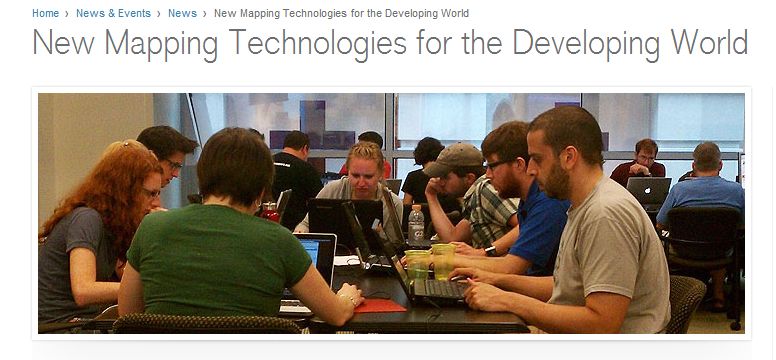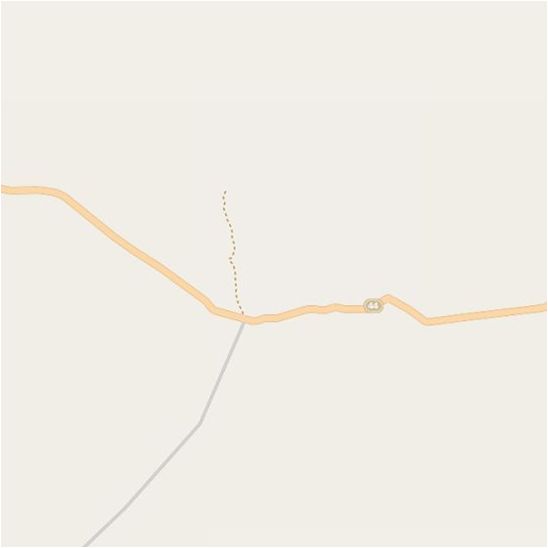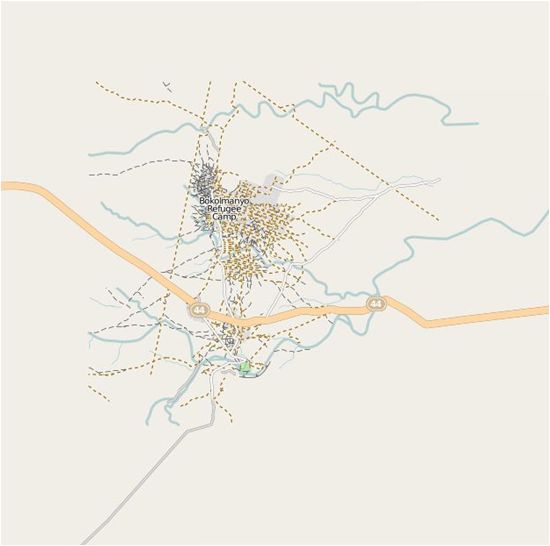One of the interesting things about the “Imagery to the Crowd” projects has been the positive feedback we have received from a range of different communities. Ultimately we built the process from a belief that free and open geographic data could support the effective provision of humanitarian assistance, and that the power of open source software and organizations were the key to doing this efficiently.
Our goal with Imagery to the Crowd is to provide a catalyst, in the form of commercial high-resolution satellite imagery, to enable the volunteer mapping community to produce data in areas experiencing (or in risk of) a complex emergency. In many ways I thought of this process as trying to link the “cognitive surplus” of the crowd with the purchasing power of the United States Government, to help humanitarian and development organizations harness the power of geography to do what they already do better.
Somewhat surprisingly, a community outside of the humanitarian sector recognized the potential impact of this process, and the HIU was awarded the United States Geospatial Intelligence Foundation (USGIF) Government Achievement Award 2012 (Press Release, Symposium Daily pdf, Video page). The award was presented at the GeoInt Symposium in Orlando, FL (Oct 7-14 2012). Below is a video of the awards presentation, and includes the Academic and Industry Division winners from this year. The section on the HIU begins around the 7:25 mark.
—————————
—————————–
At the conference I also was on a panel in a “GeoInt Forward” session focused on open source software. This panel was actually the best part of the conference. Typically the first day of the GeoInt Symposium is reserved for the golf event, but this year the organizers included an additional day of panel sessions. In general these sessions were very well attended, and with a full-house of approximately 250 people the session on Open Source Software exceeded my expectations. The session description and other panelists are listed below, and it is clear the defense and intelligence perspective that is GeoInt, but it was an interesting group doing work across a range of different applications. I tried to provide a bit of balance and discussed the philosphical approach to open source, and its potential as an organizing principle for organizations. The Imagery to the Crowd project is built on an a cloud-hosted open source geographic computing infrastructure, so I could speak to the reality of this system. It seems that the coming budget austerity has generated significant interest in open source, and now could be golden opportunity.
From the conference proceedings:
“Open Source Software (OSS) has moved from being a backroom, developers-only domain to a frontline component inside key military capabilities. OSS isn’t doing everything—yet—but it is slowly commoditizing key strategic parts of geospatial infrastructure, from operating systems to databases to applications. In this session, key government program managers will discuss where and how they see OSS moving to solve warfighter needs, as well as assess the gaps in OSS investment and capabilities.”
Moderator – John Scott, Senior Systems Engineer & Open Tech Lead, RadiantBlue
Panelists
• John Snevely, DCGS Enterprise Steering Group Chair
• Col Stephen Hoogasian, U.S. Air Force, Program Manager, NRO
• Keith Barber, Senior Advisor, Agile Acquisition Strategic Initiative, NGA
• John Marshall, Chief Technology Officer, J2, Joint Staff
• Dan Risacher, Developer Advocate, Office of the Chief Information Officer, DoD
• Josh Campbell, GIS Architect, Office of the Geographer & Global Issues, State Department
Reference Cited:



